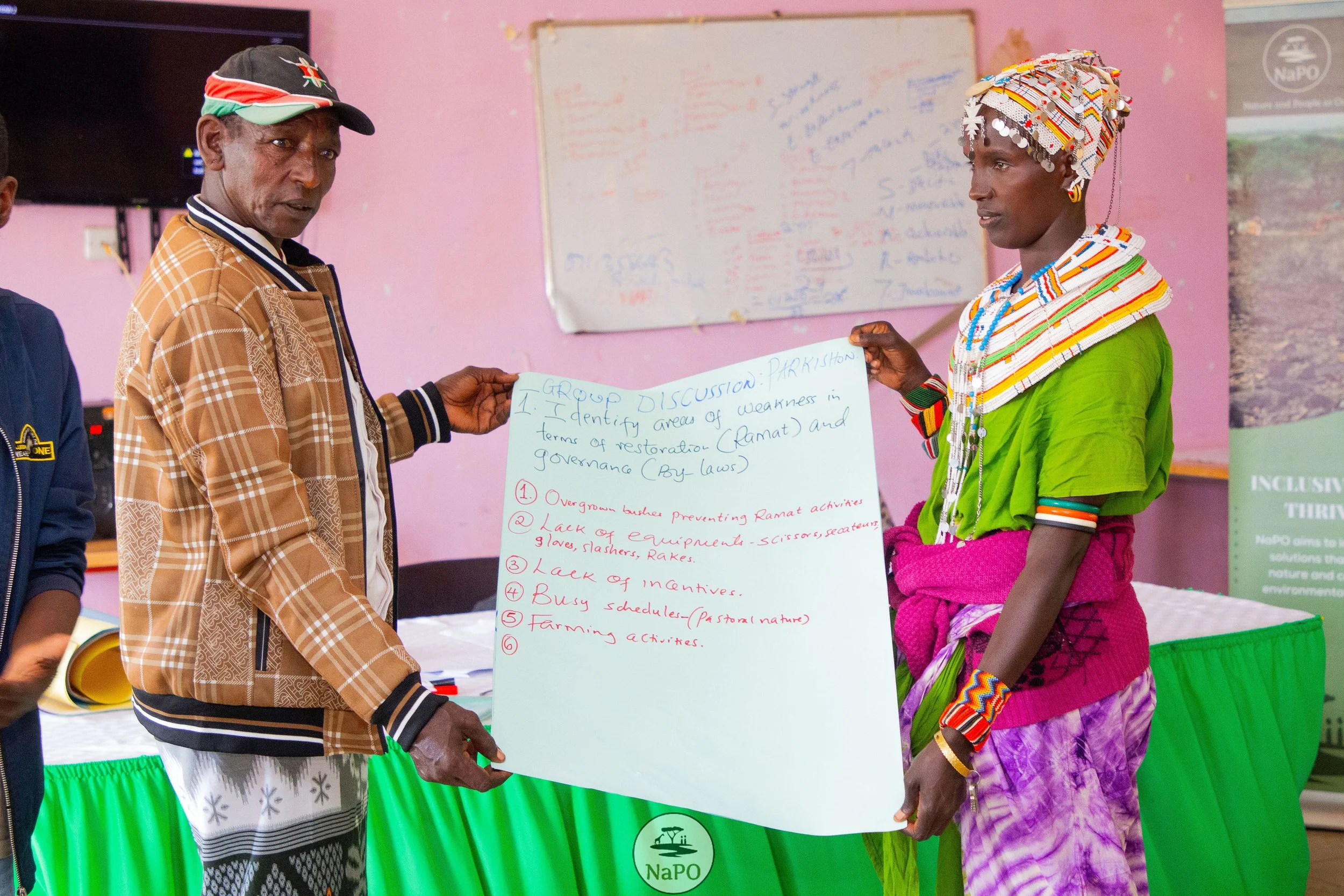Ramat: Co-created Community Solutions for the Mt Marsabit landscape
Story and photos by Adrian Leitoro, co-Founder of Nature and People as One (NaPO)
In December, Nature and People as One (NaPO) held a workshop in Karare, an area bordering the Mt Marsabit National Reserve, that brought together 59 community voices representing 39 villages from Parkishon, Kamboe, Loglogo and Karare (important rangelands surrounding the Mt Marsabit Forest). The goal was to assess progress with implementing the Ramat model, celebrate its successes, and assess the challenges.
In Samburu, ‘Ramat’ means 'lifestyle' and represents the interconnected nature of pastoralists and their landscapes. NaPO’s Ramat model is based on supporting community action on their landscapes and aims to scale up suitable and proven restoration practices by strengthening governance, increasing awareness and implementing farmer-managed natural regeneration (FMNR). FMNR involves the systematic regrowth and management of trees and shrubs from felled tree stumps, sprouting root systems or seeds. The regrown trees and shrubs help restore soil structure and fertility, inhibit erosion and soil moisture evaporation, and increase biodiversity.
During the December workshop, appreciation for Ramat as a sustainable restoration approach resonated with participants, echoed in reports of improved forage and tree cover across the landscape. The communities are taking ownership of the Ramat model and their environment, actively restoring degraded areas and adopting bylaws to enhance restoration.
But the path to restoration is not without its challenges. Extreme weather events, attributable to climate change and land degradation, have hampered efforts. Inadequate community awareness, lack of proper equipment, and inconsistent enforcement of community bylaws also came up as challenges.
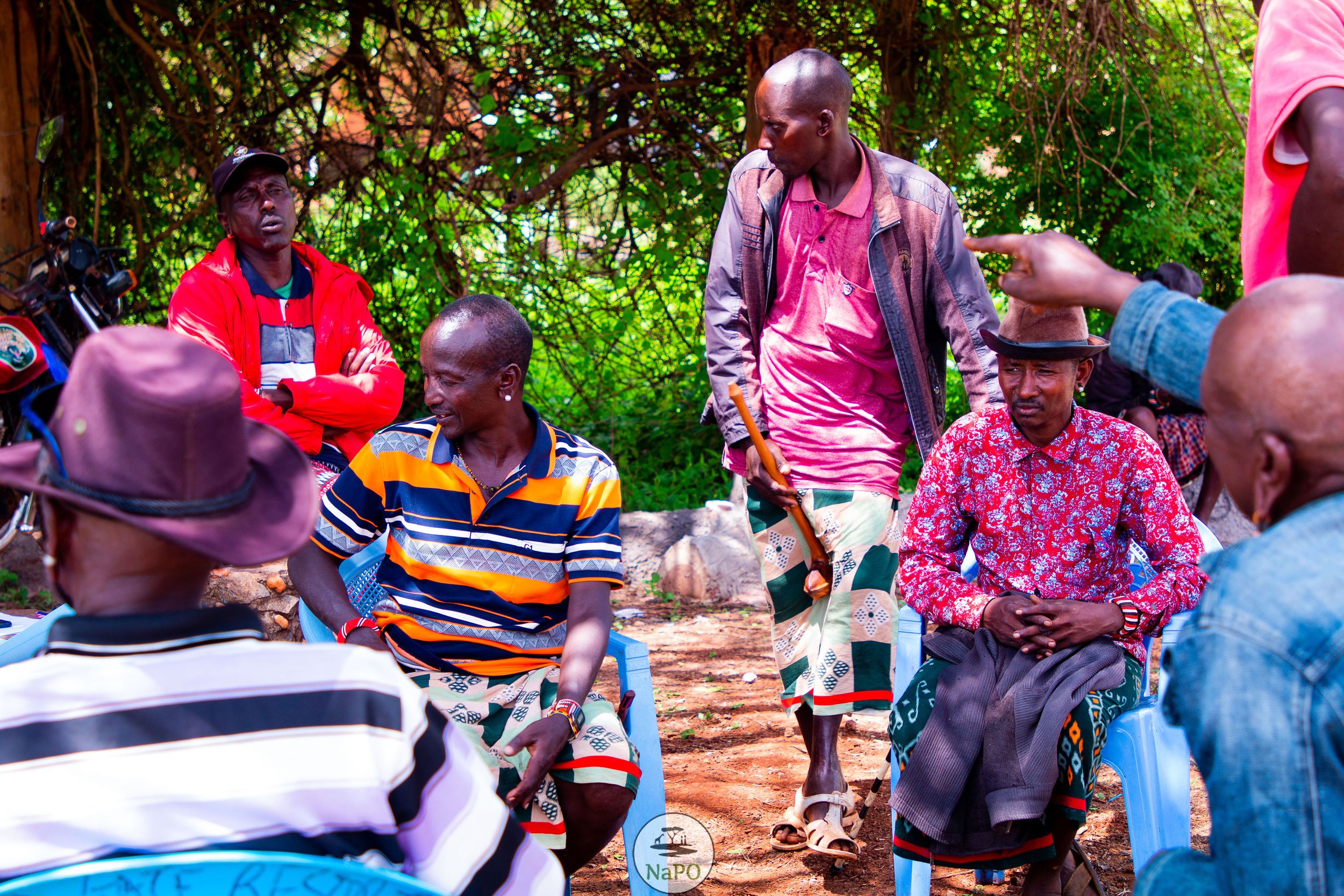
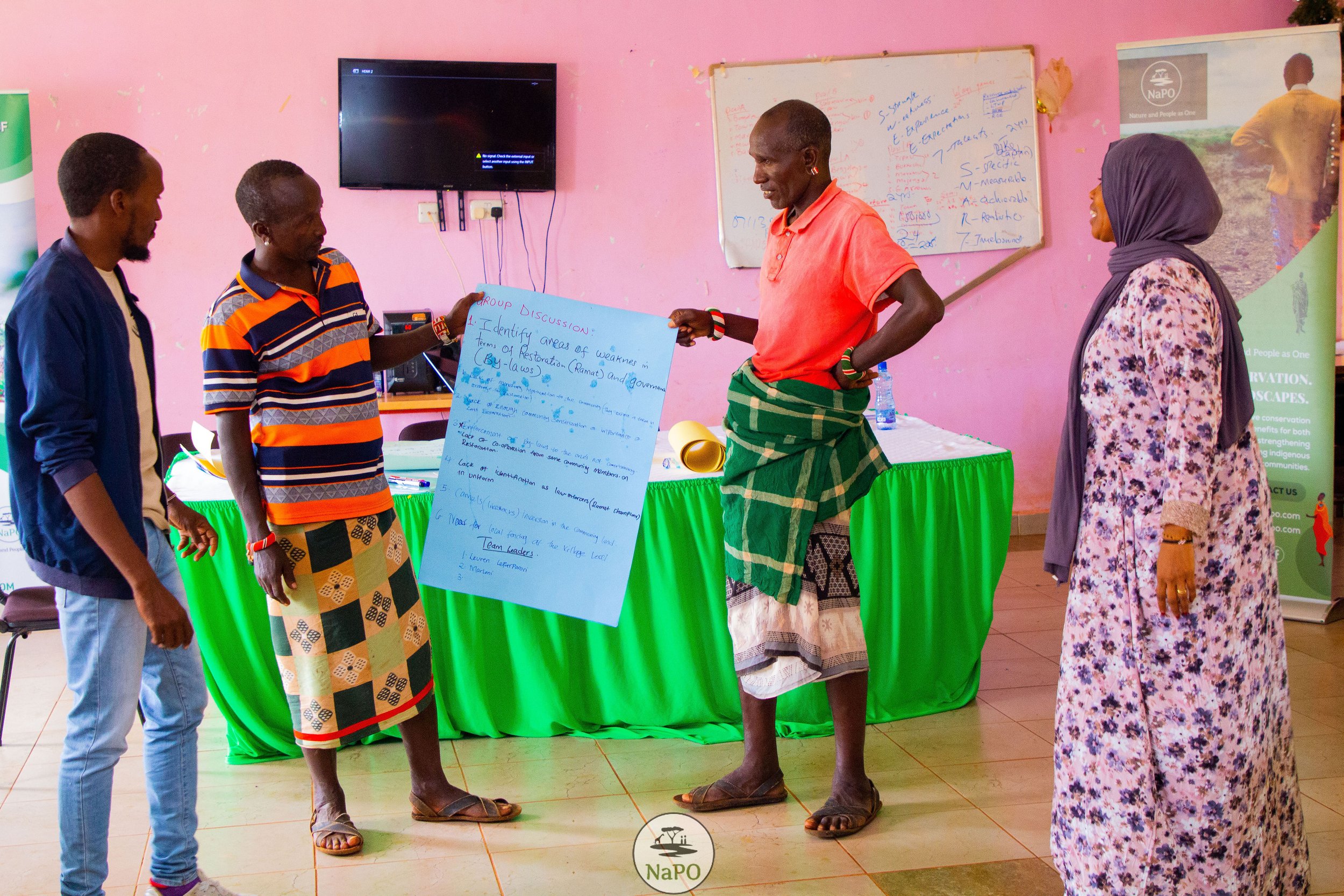

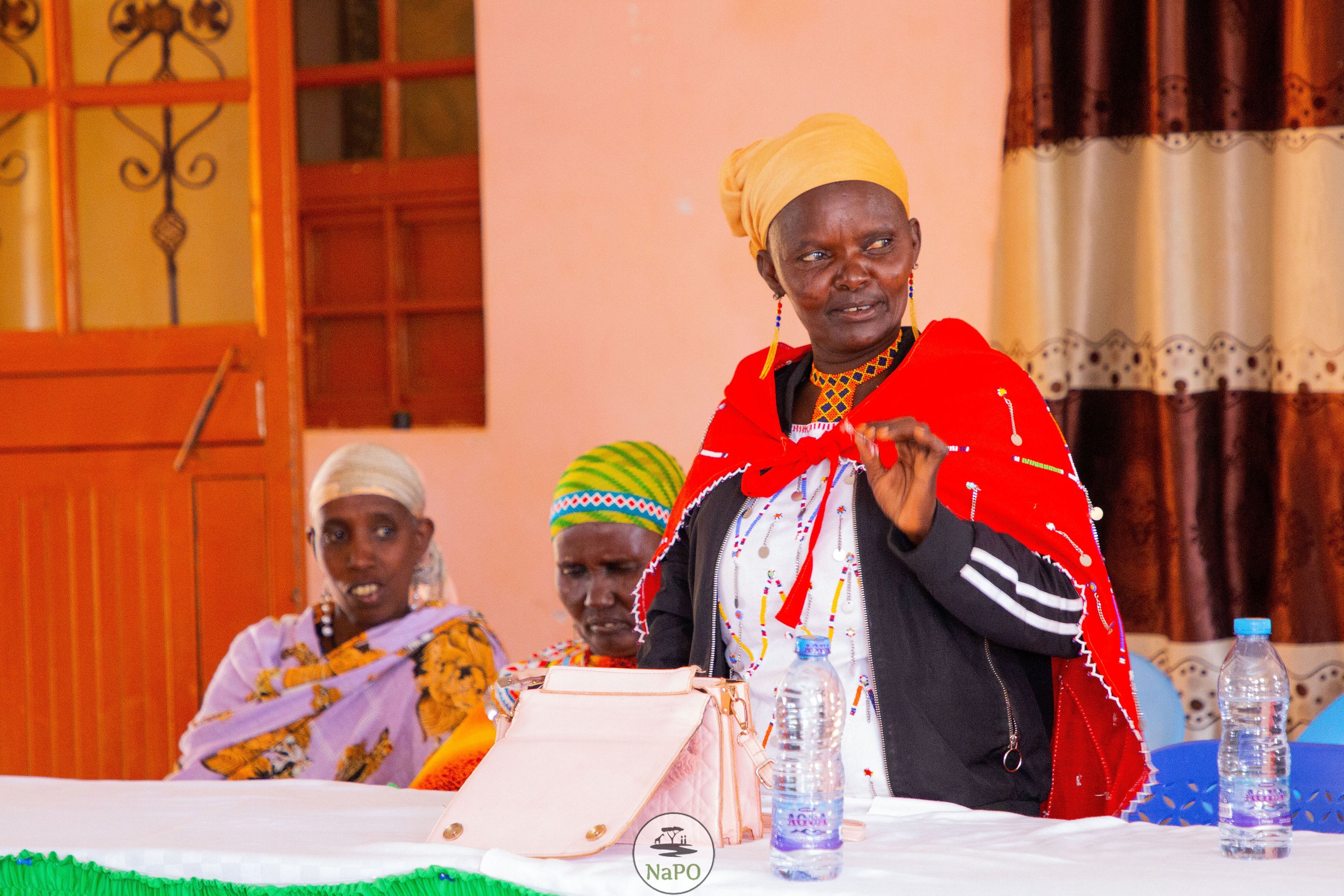
However, the workshop also revealed a spirit of resilience and determination. The participants, united by a shared vision, charted a course for the future. Regular community meetings, Ramat Champions’, and collaborative community restoration days are some of the solutions proposed. These solutions will form the basis of NaPO programming in 2024.
Ramat is not just a solution; it's a testament to the power of collective action, traditional knowledge and the unwavering commitment of the communities to restore their rangelands.
The activity was supported by the WWF Kenya under the Voices for Just Climate Action (VCA) program.
Learn more about NaPO’s other projects in northern Kenya that enhance inclusive conservation to foster mutual benefits for both nature and people.
NaPO’s annual football tournament which supports youth to restore their landscapes through football.
NaPO’s Bee Works Africa project, a market-centred approach to enhance biodiversity, reduce human-elephant conflict and support livelihoods
As the son of two career conservationists, Adrian Leitoro grew up in conservation areas around Kenya and was able to appreciate firsthand the positive impacts of environmental, wildlife and biodiversity conservation in the country, as well as the important role local communities have to play in safeguarding nature.
Adrian co-founded NaPO because he believes that a more inclusive approach to conservation—one that engages local and indigenous communities in protecting and preserving their natural surroundings—is crucial for sustainability.
He is currently pursuing a Master’s degree in Climate Change Adaptation with a focus on Nature Based Solutions (NbS) at the University of Nairobi, to expand his expertise and continue to contribute to conservation efforts.
